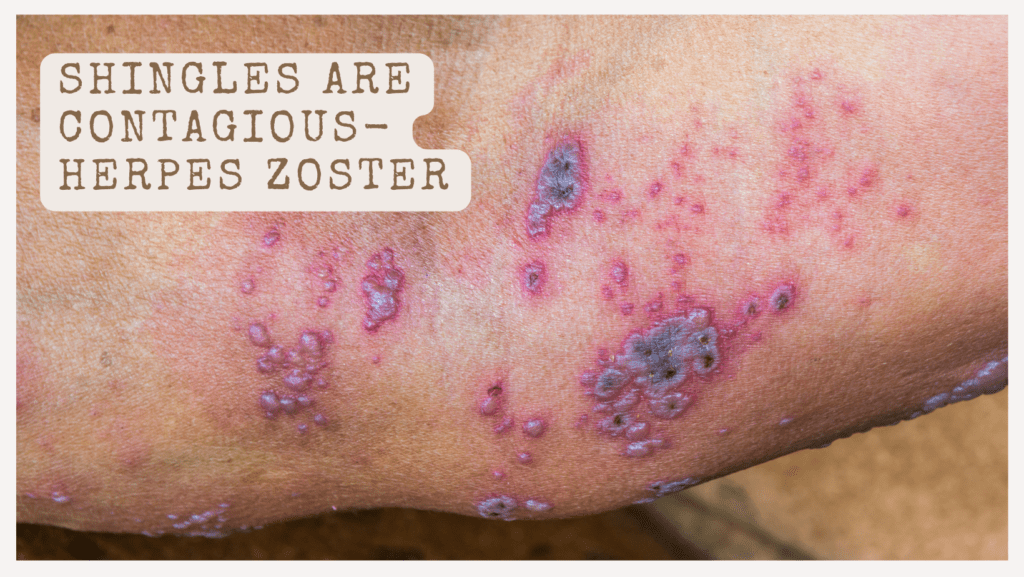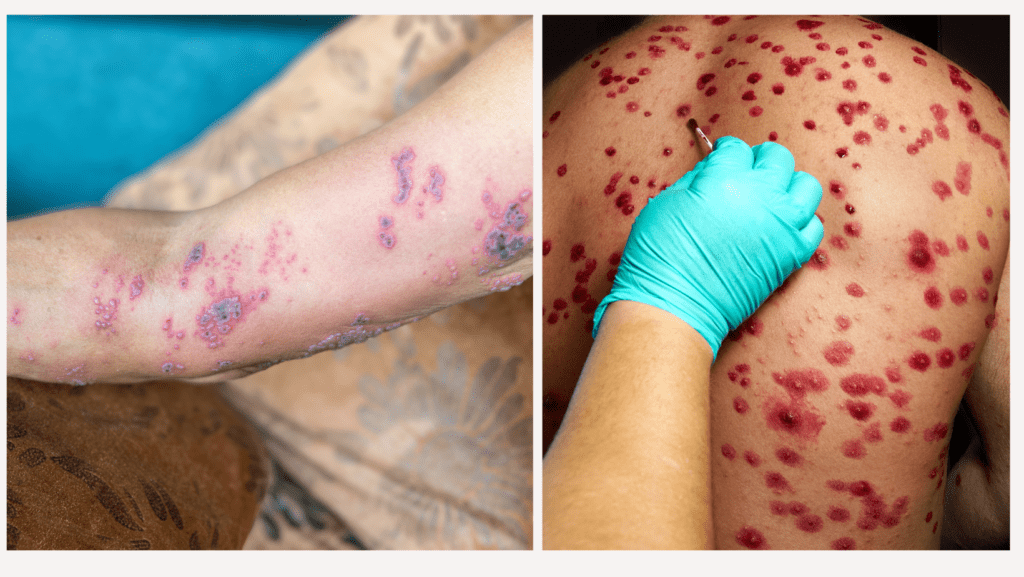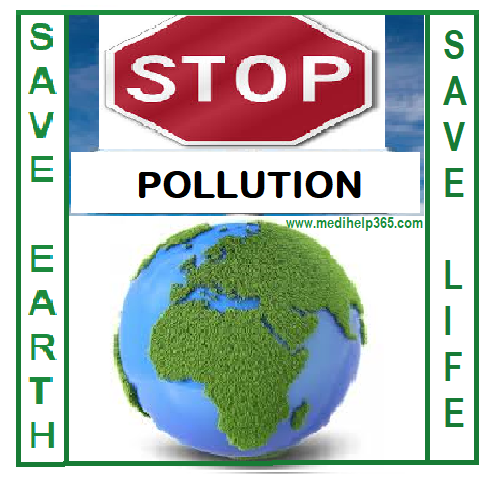Shingles is a viral infection that affects millions of people worldwide. Many individuals wonder whether shingles are contagious and what precautions they should take to protect themselves and others. In this blog post, we will explore the facts surrounding shingles and shed light on how they can spread. By understanding the contagious nature of shingles, we can better equip ourselves to prevent transmission and promote overall health and well-being.

What are Shingles?
Shingles, also known as Herpes Zoster, is a viral infection caused by the varicella-zoster virus (VZV). This virus is the same one responsible for causing chickenpox. After recovering from chickenpox, the virus remains dormant in nerve tissues for years. However, it can reactivate later in life, resulting in the development of shingles. Shingles typically present as painful rashes or blisters that appear on one side of the body, following the path of a nerve.
How Do Shingles Spread?
Shingles are contagious, but it is important to understand how the virus spreads. The primary transmission mode is through direct contact with the fluid-filled blisters that form during the active phase of the infection. If a person with shingles comes into contact with someone who has never had chickenpox or been vaccinated against it, they can potentially transmit the varicella-zoster virus, leading to the development of chickenpox in the susceptible individual. It is crucial to note that shingles itself cannot spread from person to person. The transmission occurs only when there is direct contact with the fluid from the shingles blisters.
Who is at Risk?
While anyone who has had chickenpox is at risk of developing shingles, certain individuals are more susceptible. Shingles are more common in older adults, typically those aged 50 and above, due to age-related decline in immune function. People with weakened immune systems, such as those with HIV/AIDS or undergoing cancer treatment, are also at a higher risk. Pregnant women and newborns are particularly vulnerable, as exposure to the varicella-zoster virus during pregnancy can lead to severe complications for the fetus.
Prevention and Treatment:
Prevention and prompt treatment are key when it comes to managing shingles. Vaccination is the most effective preventive measure. The shingles vaccine is recommended for individuals aged 50 and older, even if they have had shingles before. The vaccine not only reduces the risk of developing shingles but also lessens the severity of the illness if it does occur.
If you suspect you have shingles, it is essential to seek medical attention promptly. Early treatment with antiviral medications can help shorten the duration of the illness and alleviate symptoms. Pain management techniques may also be recommended by healthcare professionals to provide relief. Additionally, practicing good hygiene, such as washing hands thoroughly and avoiding contact with the shingles blisters, can help minimize the risk of spreading the virus to others.
Long-term effects of Shingles infection:
Shingles, caused by the varicella-zoster virus, can leave a lasting impact even after the visible symptoms have subsided. One of the most common long-term effects is postherpetic neuralgia, a persistent and excruciating pain that can linger for months or years. Other potential complications include vision or hearing problems, scarring, and neurological disorders. These effects can significantly impact a person’s quality of life and daily functioning. To mitigate the risk, vaccination is key. By getting vaccinated against shingles, you can protect yourself and potentially avoid these long-term consequences. Consult your healthcare provider to learn more about shingles vaccination and safeguard your well-being.
Conclusion:
Shingles are contagious, but with knowledge and preventive measures, we can effectively manage the spread of the varicella-zoster virus. Vaccination, timely medical intervention, and practicing good hygiene are essential in preventing transmission and protecting ourselves and those around us. By understanding the facts about shingles, we can promote a healthier and more informed society.




0 Comments